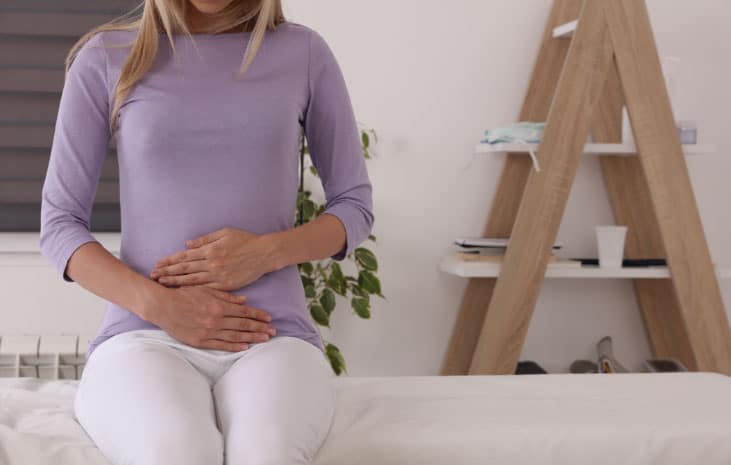Urinary Incontinence Treatment
Sometimes in life, we experience uncomfortable or embarrassing conditions that are beyond our control. Urinary incontinence is one such condition that impacts the daily lives of individuals to the point where enjoyment is no longer there in normal, everyday activities. While the severity of this condition varies and the causes can be a variety of factors, female urinary incontinence treatment has taken new strides to provide a solution to this impacting condition.
What is Urinary Incontinence?
This condition is when urine involuntarily leaks from the bladder because the urinary sphincter is unable to prevent the leakage. Depending on the function level of the sphincter, the loss of bladder control or leakage may constantly occur when any urine is present or only during physical activities that stress the muscle. In a normal individual, the urinary sphincter is able to control the flow of urine completely but sometimes becomes damaged or weakened due to various reasons. The good news is that there are options for treatment for urinary incontinence.
Symptoms of urinary incontinence include:
- Sudden and urgent need to urinate
- Loss of urine in small amounts in between restroom visits
- The bladder may empty completely, involuntarily
- Leakage of urine from exertion or movements
- Frequent or constate urge to urinate or dribbling of urine when urinating
There are two types of urinary incontinence, and some women can experience both concurrently. The first type is called stress incontinence, which is when the stress of movement or pressure on the bladder causes the sphincter muscle to function improperly and allows urine to leak out of the bladder. Movements such as jumping, running, sneezing, coughing, laughing, or physical exertion can cause the leakage of urine. The second type is called urge incontinence, where individuals experience sudden and urgent sensations to empty the bladder, no matter if they just used the restroom and the bladder is empty. This type of incontinence is caused by an overactive, uncontrollable bladder muscle that pushes urine from the bladder.

There are several causes that can lead to urinary incontinence, and they include:
- Pregnancy – the hormonal changes in pregnancy can impact the function of the bladder, and during pregnancy, the uterus puts extra pressure on the bladder and can cause long-lasting stress incontinence.
- Childbirth – during vaginal birth, the nature of the delivery can sometimes cause nerve or physical damage to the pelvic nerves or muscles. This can lead to both stress and urge incontinence.
- Menopause – during menopause and also with natural aging, the pelvic floor muscles can weaken and lose elasticity over time. This causes the bladder to lose elasticity and shape, which results in the constant or frequent urge to urinate.
- Vaginal dryness – due to the increased risk of infections and frequency of urination, vaginal dryness impacts the urethra. With complications of the urethra, it can lead to the bladder and increased urges of urination.
- Surgery – hysterectomy, prolapse repairs, and other surgeries can create incontinence issues for a variety of reasons.
- Other health conditions – diabetes, Parkinson’s, urinary stones, MS, brain tumors, stroke, spinal injury, and other conditions can cause incontinence issues.
While there are other urinary incontinence treatments available, one of the newer approaches that produced exceptional results is the use of the MonaLisa Touch laser therapy. Through the use of energy pulses, MonaLisa Touch provides unmatched healing and rejuvenation therapy for vaginal tissues to help stimulate proper function.
With targeted sessions, laser therapy for the treatment of urinary incontinence stimulates blood flow to the affected areas and helps with the proper functioning of muscles, tissues, and glands. Benefits include:
- Painless, quick sessions
- Immediate benefit of increased urinary control
- Reduced urges and frequency of urination
- Increased muscle tone of vaginal walls and increased lubrication
- Suitable for almost everyone, especially for the treatment of urinary incontinence in elderly females (postmenopausal)
- Reduced need for moisturizers, creams, and hormone treatments
If you suffer from urinary incontinence, Dr. Andrew Krinsky of Tamarac can help you regain the bladder control that you desire with the help of MonaLisa Touch for urinary incontinence. Contact us today to find out more and schedule an exam.


